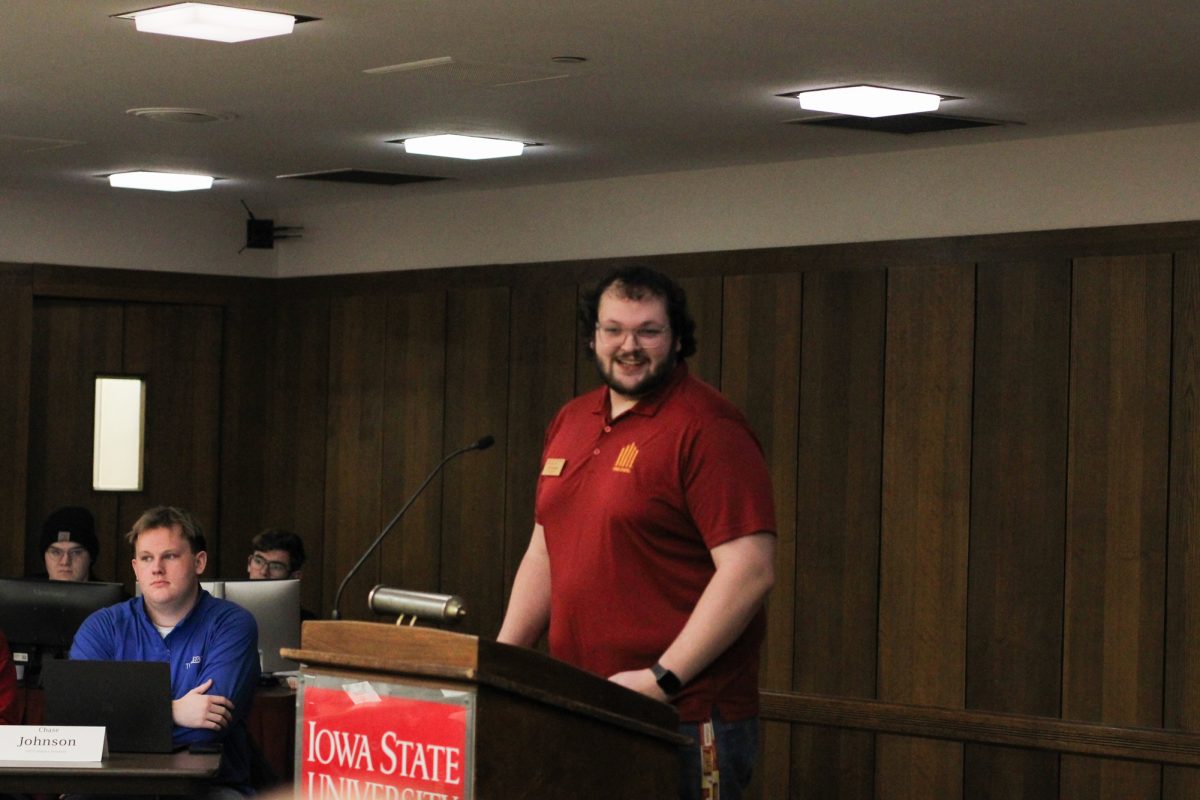Internet midterm tests new class waters at University of Texas
October 6, 1997
Daily Staff Writer
AUSTIN, Texas (U-WIRE) — Turning in midterm exams via the Internet isn’t as easy at it seems.
“On a Scantron you have to bubble in the circles correctly or your answers won’t count,” said Ryan English, a graduate student in accounting. “On the computer you have to be careful of what key you push or your information is erased.”
English and about 45 of his classmates in a course titled “Hardware, Software and Telecommunication,” took one of the university’s first midterm exams completed on the Internet Saturday. The Internet is fast becoming a popular instruction tool to bridge the gap between classroom and real-world experience, professors say.
“We are moving toward an electronic, paperless world, and this will help students in the industry,” said Larry Leibrock, associate dean and chief technology officer of the business school.
In a pilot effort, Leibrock has his students complete all their assignments on the Internet, including the midterm.
On the university’s homepage, more than 100 courses have syllabi posted online, and many professors have their own homepages where lecture notes and other pertinent information are available.
Delivering an exam over the Internet is the most sophisticated use of the World Wide Web in curriculum, said George Culp, assistant director at the UT Computation Center.
Leibrock’s exam was probably the first of its kind at the university, he said. To prevent cheating on the Internet, a few extra precautions are required. Students won’t find out where the test is on the Web until they get to the classroom, where attendance is strictly enforced to ensure no one tries to take the test at home. Students had an hour and a half to complete the exam.
Saturday’s exam addressed real-life scenarios in which a business manager would have to make a quick decision. Students could take the test on paper if the Web version made them uncomfortable, but none chose to hand-write the answers. Once the students submit the tests, answers are automatically e-mailed back to them so they may check their responses at home after the test.
Although the system is not perfect, students said they could not imagine taking Leibrock’s class without the Internet.
“It forces people to have a good understanding of the computer system,” said Andrew Pfullmann, a graduate student in accounting. “This is definitely knowledge that can be taken into the workplace.”
Creating a test for the Internet is more time-consuming than creating a written test, Leibrock said. But it’s worth it, he added.
“Students want to become comfortable with using good tools,” Leibrock said. “Learning should be fun and creative.”
Leibrock said faculty members are showing more interest in incorporating the Internet into their classes, and he thinks students will come to expect the use of this technology in their courses.
John Kappelman, a professor of anthropology, said he also uses the Internet to post course updates and requires students to complete virtual labs online in their Introduction to Physical Anthropology class. The labs feature 3-D animation and can be accessed from the Student Microcomputer Facility.
“It will play an increasingly important role in the future,” Kappelman said of the Internet. “Rather than it being optional, it will be required. Professors who don’t jump aboard the ship will be left out.”






